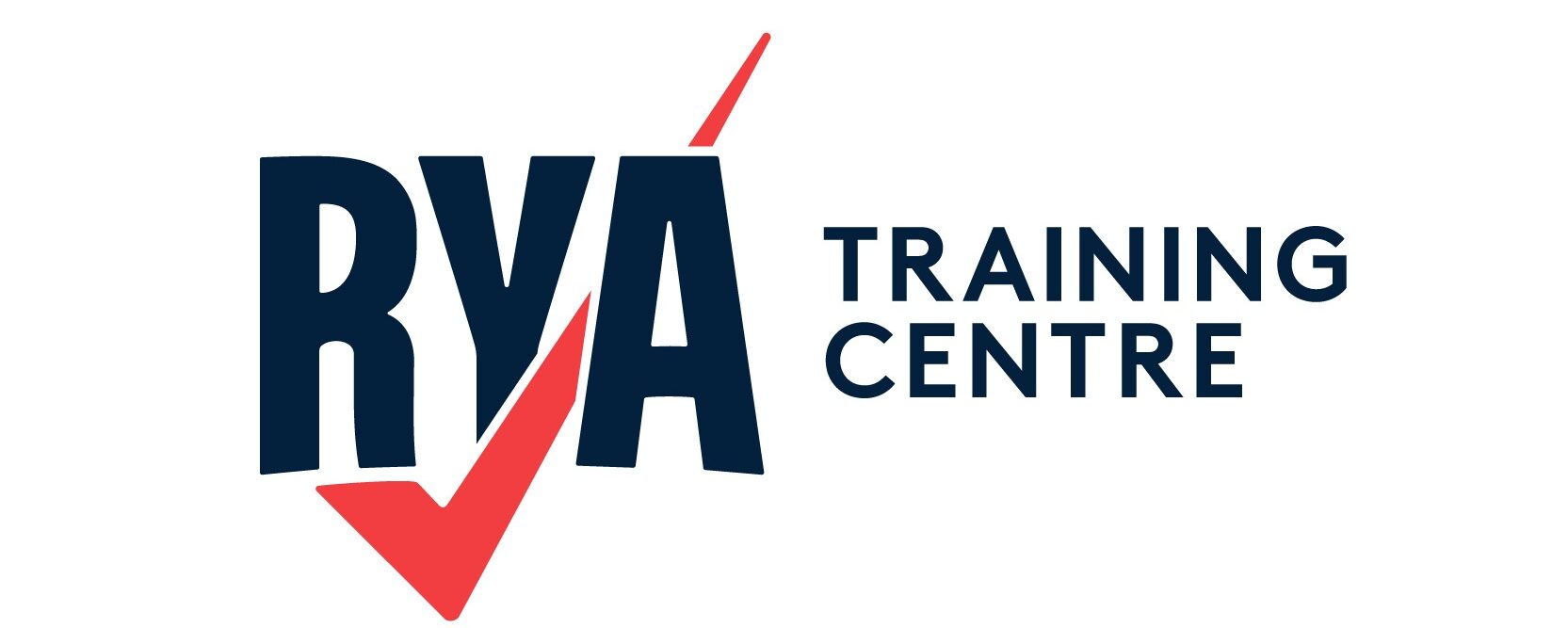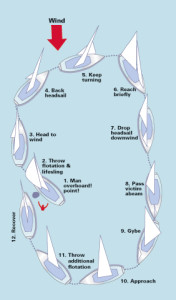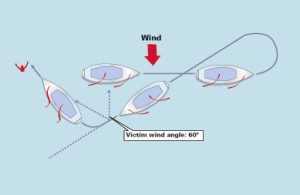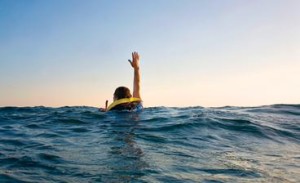Sailing is a highly enjoyable sport and, with the proper RYA training, it is a great way to relax in your downtime. Like any sport, it does have inherent risks and one of these is a man overboard situation.
When you complete our RYA training courses you learn the correct procedure for this emergency situation. However, as time goes by you may not have the opportunity to practice this on a sailing yacht. We’ve put together a reminder of the methods used on S/Y Chao Lay to retrieve a man overboard, both under sail and under power.
Man Overboard Procedures Under Sail
- Throw man overboard equipment towards casualty and shout “Man Overboard!” Use the Dan Buoy or Life Buoy.
- Keep your eyes on the man overboard and order a crew member to point at them.
- Bring yacht head to wind.
- Allow headsail to back and further slow the yacht.
- Keep turning with headsail backed until wind is aft of the beam.
- Head on beam to broad reach course for two or three lengths then go to nearly dead downwind.
- Roll in the headsail while keeping the mainsail centred. Ensure the job sheets do not trail in the water.
- Hold the downwind course until the man overboard is aft of the beam.
- Gybe.
- Approach the victim on a course of approximately 45º to 60º off the wind. If the engine is in gear, ensure it is in neutral as the man overboard is approached.
- Establish contact with the man overboard and throw heaving line.
- Tie the casualty to the yacht and effect recovery from the water.
Man Overboard Procedures Under Power
- Throw man overboard equipment towards casualty and shout “Man Overboard!” Use the Dan Buoy or Life Buoy.
- Keep your eyes on the man overboard and order a crew member to point at them.
- Start the engine at first opportunity.
- Position the yacht so the wind is cornering across the beam. Start counting slowly to 5.
- Tack the yacht through the wind leaving the headsail as it is.
- Once on the new tack, line up the man overboard with the leeward shrouds and regulate speed by filling and spilling wind from the mainsail using the mainsheet.
- Approach the man overboard, reducing speed until approximately one boat length away. If the engine is in gear, ensure it is in neutral as the man overboard is approached.
- Heave to by turning wheel to windward and release mainsheet to spill wind from mainsail. Ensure you do not hit the man overboard!
- Throw heaving line situated on pushpit, making sure it is thrown across the man overboard’s drift. Tie the man overboard to the yacht and affect recovery from the water.
Retrieving a Man Overboard from the Water
It is not easy to lift a casualty out of the water as muscles lose their strength quickly in cool water. Do NOT rely on help from the man overboard and provide as much assistance and support as possible.
- Ensure the casualty is securely fastened to the boat with the heaving line which is located on pushpit. If the casualty is unconscious, lassoo them with a line.
- Ensure any rescuers are securely fastened to the boat with a safety harness.
- If the casualty is conscious, rig up the safety ladder on the leeward side by attaching to the webbing strops. Open the guardrails. The safety ladder is located in the cockpit locker.
- If the casualty is unconscious or exhausted, hoist them out of the water using the boom and mainsheet fed to a sheet winch. If more height is required, release the vang and winch up the topping lift.
The casualty will be cold, shocked, frightened, and may have swallowed salt water. To give immediate first aid follow these procedures:
- Change casualty into dry clothes and keep them warm.
- If possible, place them in a thermal protective aid (TPA).
- Use the VHF radio or phone the closest hospital/doctor for medical advice.
- Head for the nearest port.
- Monitor their condition until you get them into emergency medical care.
 RYA Resources
RYA Resources
Keith Colwell’s excellent book on Sea Survival is available in paperback or eBook. This book is the official text for the RYA Basic Sea Survival Course and the RYA/ISAF Offshore Safety Course and supports ISAF approved Offshore Personal Survival courses. It also highlights the importance of having the correct safety equipment and will also give you the knowledge of how and when to use it, making it invaluable for anyone who takes a boat offshore for racing or cruising.





